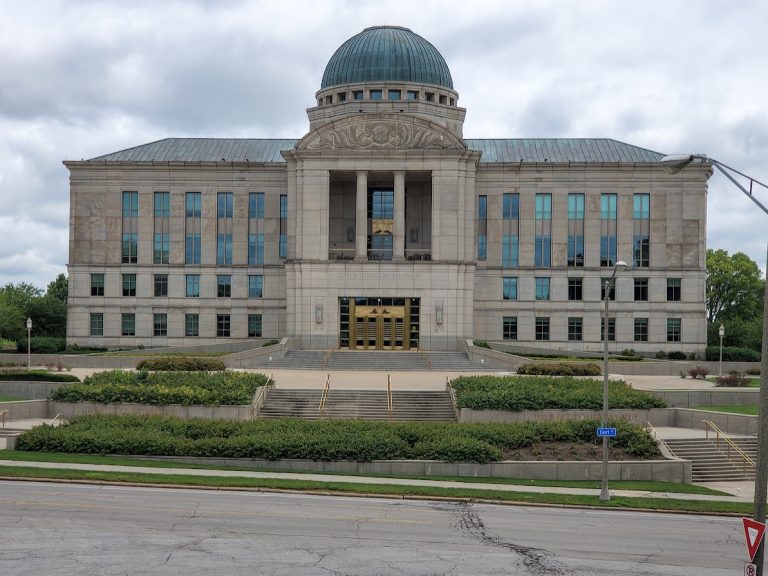Des Moines, Iowa — Governor Kim Reynolds has signed two bills into law that outline the GOP’s main school spending plans for the next academic year.
It means Iowa’s pre-K through 12 public schools will get a two-point-four percent increase in general per pupil spending. Senator Amy Sinclair, a Republican from Allerton, says that’s 179 more dollars for every child enrolled in Iowa schools today.
(as said) “This is a solid funding bill that sets our schools on a predictable, reliable, fundable path into the future,” Sinclair says.
Democrats say the state has a significant budget surplus and could afford to spend more on schools. The per pupil spending calculation is based on this fall’s enrollment, which declined during the pandemic. Senator Rob Hogg a Democrat from Cedar Rapids, says that will shortchange schools.
(as said) “This bill will cut $7.4 million from preschool statewide,” Hogg says, “and result in the loss of over 2500 slots this fall.”
Senator Sarah Trone Garriott a Democrat from Windsor Heights, says business groups have been emphasizing the importance of expanding preschool enrollment.
(as said) “We are going backwards and we are hobbling our preschools for years to come with an inadequate funding increase,” she said, “imposing a formula for normal times on the most abnormal of situations.”
Sinclair says she and other Republicans are working on a fix for preschools that will be considered later. The package the governor approved Tuesday night provides an additional 27 million dollars that will be split among districts to deal with pandemic-related costs.
(as said) “To meet the costs of in-person instruction related to substitute teachers,” Sinclair says, “related to additional transportation and related to additional cleaning and supplies, PPE and the like.”
That round of funding for schools is calculated based on how many days a district had students in classrooms during the fall semester. The package also provides more money for transportation expenses, to help geographically large rural districts cover the cost of long bus routes.












